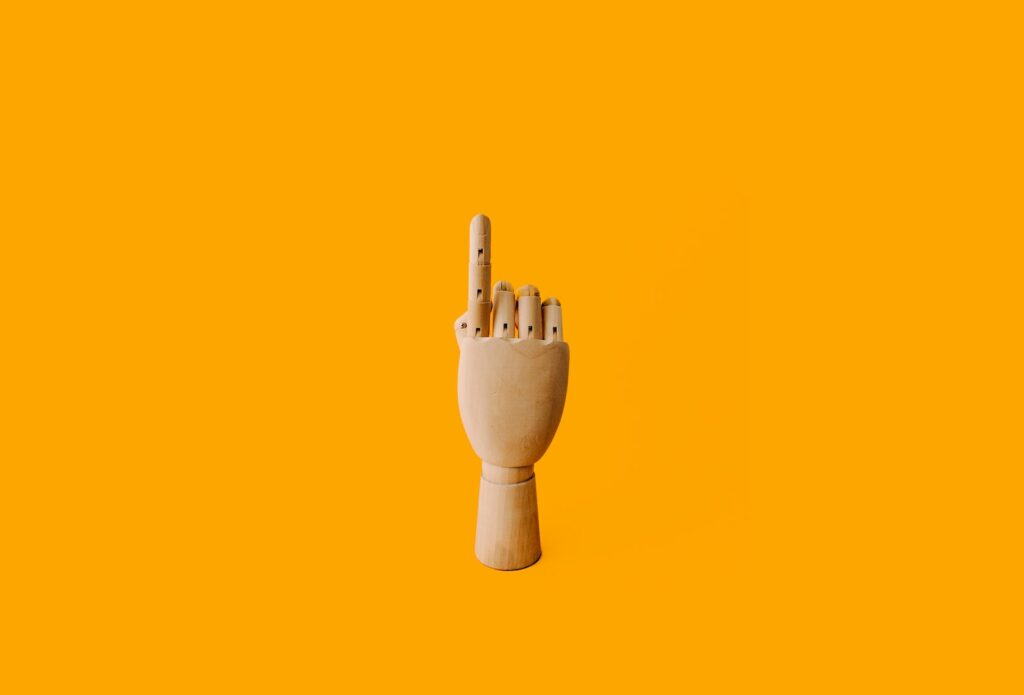
It is well known that schools tend to put mental arithmetic skills above the visual ones, as something like counting with your fingers is seen as a weakness in one’s calculation abilities. Educators and scientists have been tackling this obsolete cliché with research and scientific reports that seem to prove that visual aids are more than just helpful in the learning process.
Indeed, visual aids, such as the use of fingers, have a key role in children’s understanding of mathematics. This form of visualisation gives the abstract world of numbers a real side and establishes a connection to something tangible. This results in the creation connections from the prefrontal cortex (main memory / data centre) to the visual and motor cortex. Thus, when visual aid is used, thinking becomes outsourced to other brain areas generating a more efficient use the brain’s capacity.
However, these findings do not mean that you child will forever use their fingers to count. Over time a mental image of the fingers will become connected to the mental processes of counting, making the physical counting unnecessary. This is proven by numerous studies with primary school children that measured increased activity in the visual cortex while children were solving complex math tasks, even when they did not use their hands.
Diverse Strategies of Mathematics
If you are still sceptical about visual arithmetic, then perhaps the ten time mental arithmetic world champion Dr. Gert Mittring can convince you. He uses similar visual strategies, which have helped him win many of his titles. Of course, his calculating techniques are not limited to the mental use of hands and fingers, but they include them to a large extent. Did you know for example that don’t you have to calculate at all when it comes to the nine times table? You can get the correct answer just by using your hands! The video below will explain this amazingly simple and useful trick.
Calculating Must be Understood
Simpler calculations do not need to be memorised but should be understood and using your fingers can really help a child fully understand how a calculation works. However, an individual approach is key to this process. Finding what helps each individual child to tackle calculations can increase their concentration and counting abilities. Teaching maths with an active multi-sensory individualised system is in fact incredibly beneficial for students of all capacities.
Finger Counting 2.0
Now counting with fingers is definitely nothing new. As early as the end of the seventh century an English Benedictine monk called Beda Venerabilis wrote a book all about finger counting and noted rules for arithmetic. Even Leonardo Fibonacci – one of the most important mathematicians of the middle ages –dedicated a whole section of his famous arithmetic book Liber Abaci to sophisticated systems of finger counting. With the increased availability of paper, written arithmetic gradually replaced the use of these hand arithmetic techniques.
Dybuster Calcularis incorporates these historical and modern concepts into its software. Amongst the first tasks for training hand symbols are used with outstretched fingers so learners can link this visualization with an abstract number. Other forms of representation of numbers, such as points, spheres, counters, even colours and lines are used broadly in Calcularis. In this way, the program offers several opportunities to all children to create new neurological connections. This strategy aims to support everyone individually and in the best possible way.
Time For a Rethink
Hands are like our personal calculators – always with you and always ready to use! They help us to better understand abstract numbers and mathematical equations, so instead of giving up on the use of fingers and visuals or denying their benefits, we should use them without shame.